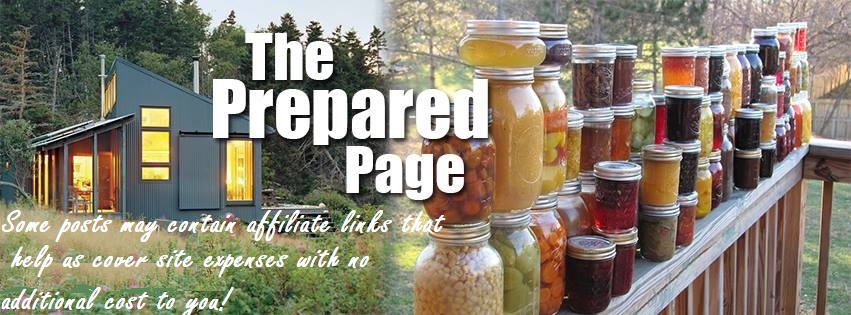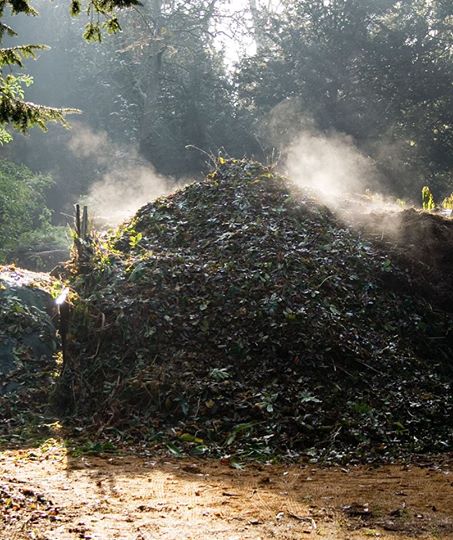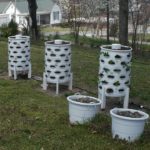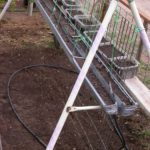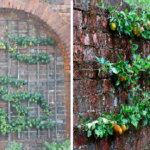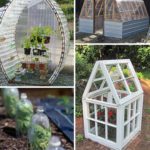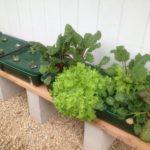STARTING YOUR COMPOST PILE
With all the rains we’ve had this Spring and early Summer, you should have quite a bit of “Greens” ( grass clippings and prunings from trees ) that you could add to some of the ” Browns ” listed below to ge…t your Compost Pile off to a early start.
Anything that was once living will compost, but some items are best avoided. Meat, dairy and cooked food can attract vermin and should not be home-composted. For best results, use a mixture of different types of ingredients. The right balance is something learned by experience, but a rough guide is to use equal amounts by volume of Greens and Browns. It is best to layer the Browns and Greens (see below).
Some things, like grass clippings and soft young weeds, rot quickly. They work as “Activators”, getting the composting started.
Older and tougher plant material is slower to rot, gives body to the finished compost, and usually makes up the bulk of a compost heap. Woody items decay very slowly, and so are best chopped or shredded first.
COMPOST MATERIALS
“Greens” or nitrogen rich ingredients
Animal Urine (dilute it with water)
Grass cuttings
Raw vegetable peelings from your kitchen
Tea bags and leaves, coffee grounds
Young green weed growth… avoid weeds with seeds
Soft green prunings
Animal manure from herbivores–rabbits, goats, cows, horses
Poultry manure and bedding
“Browns” or carbon rich ingredients – slow to rot
Cardboard
Waste paper and junk mail
Newspapers
Pet Bedding materials
Hedge clippings
Old plants
Wood shavings
Fallen leaves
Wood ash
Crushed Egg Shells
You can gather enough material to fill your compost container ( or pile in yard ) at one go, or you can add as you get material. Make sure you have a mixture of soft and tough materials. You can chop up tough items using shears, and chop up leaves with a shredder if you can. If not, it is okay.
Mix ingredients together as much as possible before adding to your compost bin or pile. I like to do a layering process, with one layer
of “Brown” items; such as fallen leaves on the ground and
old newspapers, and then I add a “Green” layer on top of that; with our rabbit poop/pee and left over veggies and tea bags. Then you do another layer of each until you fill your bin, or if you are just doing a compost heap in your yard—until you get it up to about 36 inches high. Water your Compost Bin or Compost Pile as you go.
Within a few days, the heap is likely to get hot to the touch. When it begins to cool down, or a week or two later, turn the heap. Add water if it is dry, or dry material if it is soggy. The Compost Pile should heat up again; the new supply of air you have mixed in allows the fast acting microbes to continue with their work. You can continue to stir your compost bin or pile every couple weeks, but the heating will be less and less. When it no longer heats up again, leave it undisturbed to finish composting.
When your Composting materials in your bin or your Composting Pile in yard has turned into a dark brown, earthy smelling material, the composting process is complete. It is best to start in the Summer or Fall, and it will be in great shape by Spring planting.
Source Danny Look
For more information and to order seeds check out Danny’s site at the link below
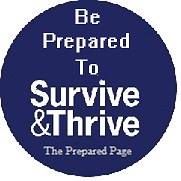 This is an aggregated site, please be aware some of the sites we link to could have pop ups and that we have no control over them. However, we will never link you to a site that requires you to make any purchase or join anything to view the article.
This is an aggregated site, please be aware some of the sites we link to could have pop ups and that we have no control over them. However, we will never link you to a site that requires you to make any purchase or join anything to view the article.
Please read our disclaimer. We provide you with information from various sites all over the world. The author’s expressed opinion isn’t necessarily that of The Prepared Page or its staff. Our intent is to bring you the information. It is up to you to use common sense and your own best judgment when using any information contained within the articles.
While you’re here check out some of those other articles you may find them interesting!!!!
Some posts may contain affiliate links.
